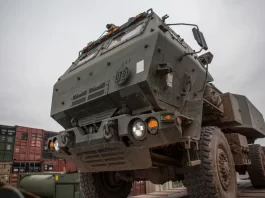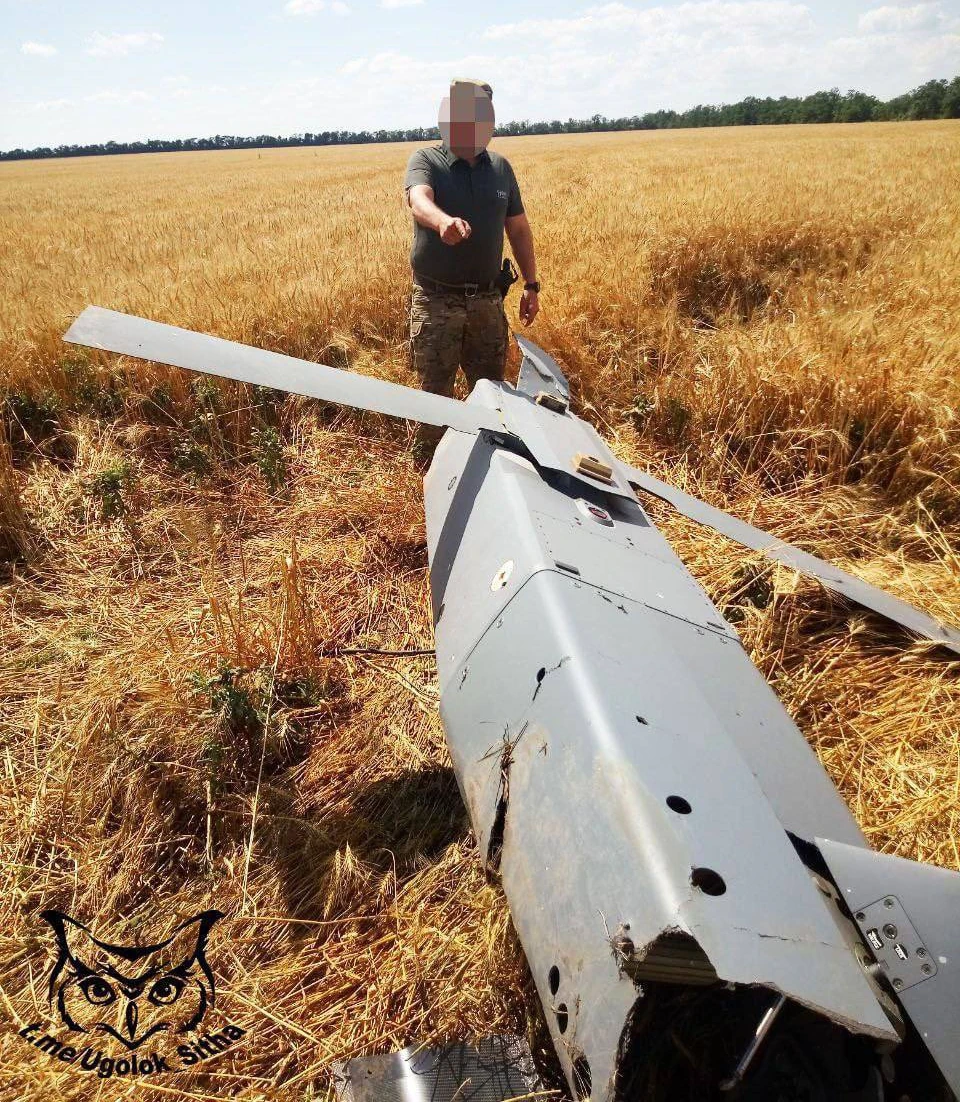The United States is developing the HELCAP laser system, which can shoot down enemy anti-ship cruise missiles.
The U.S. Department of Defense’s budget documentation indicates that testing for the High Energy Laser Counter ASCM Project (HELCAP) will begin in 2025.
Open sources reveal that the new system aims to enhance the capabilities of the current AN/SEQ-4 ODIN anti-drone laser complex, primarily designed to blind optical devices and eliminate small drones.
The new laser system will boost its power from “tens of kilowatts” to over 300 kilowatts to engage heavy anti-ship missiles.
The HELCAP program will also consolidate all developments in the field of energy weapons. It aims to address chronic issues such as the effect of the atmosphere on beam performance, the challenge of accurate target tracking in various conditions, and automatic target detection and aiming point selection.
Next year, the U.S. Navy plans to receive several prototypes for testing at the White Sands Missile Range.
During the initial phase, the prototypes will undergo an evaluation of beam control, tracking, and optical adaptation subsystems. Subsequently, they will commence live-fire testing against static targets and moving ground objects and eventually practice intercepting flying targets and simulating cruise missiles.
Recent operations by the U.S.-led coalition and EU countries in the Red Sea, where the combined fleet must fend off constant attacks by drones, cruise missiles, and ballistic missiles, highlight the relevance of such weapons.
Mass attacks with inexpensive means of attack, sometimes costing tens of thousands of dollars, necessitate using expensive anti-aircraft missiles for interception. For perspective, an American SM-2 or French Aster-30 costs about $2 million per unit.
Meanwhile, a hypothetical shot from a laser energy installation may cost just a few dollars. For example, a 10-second irradiation by the British DragonFire system would cost £10 or $12.
However, the cost of such systems could exceed $100 million, which is a significant investment even within the integration limits of a destroyer.
At the same time, this interception method also has its drawbacks. In particular, laser systems are single-channel and cannot intercept multiple targets simultaneously, and the radius of their operation, although kept secret, is limited by line-of-sight distance.






